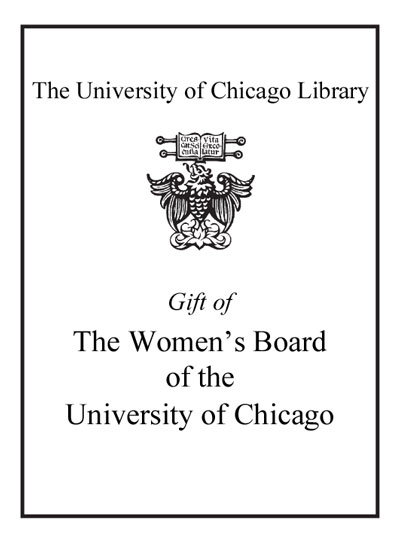| Summary: | The contributions in this volume -- resulting from an international conference held in 2016 at the Center for Advanced Studies of Ludwig- Maximilians-University Munich and supported by the LMU Graduate School for Ancient Studies 'Distant Worlds' -- aim to integrate material remains, textual sources, and the visual record regarding ancient Near Eastern temple inventories of the third and second millennia BCE. The conference encouraged researchers with archaeological and philological backgrounds to engage in holistic approaches to the constitution of sacred space and to the societal function as well as ideological and economic impacts of sacred gifting. Its focus on objects and practices led to a fruitful exchange with increased emphasis on entire assemblages instead of exclusive treatments of distinct object categories or text genres. Several contributions in this volume build on archaeological and textual evidence that was excavated in the early twentieth century but remains in continuous need for contextual and synthetic analyses. Others discuss more recent excavations undertaken with closer attention to contextual and stratigraphic details and exploiting new opportunities for scientific analyses. The temples under consideration range geographically from modern-day Iraq (Ur, Nippur, Khafajeh, Iscali, Assur) and Syria (Mari, Tell Bazi, Aleppo) to Turkey (Bogazköy), and chronologically from the Early to the Late Bronze Age (c. 2800-1200 BCE). Discussions start off from diverse sources such as administrative texts, votive inscriptions, small-scale finds, architectural installations, or three- and two-dimensional figurative artefacts but all contribute to an overall goal: To better understand the entwinement of the things, images, and practices that changed a physical space into a locus of encounter between humans and the divine.
|
|---|

